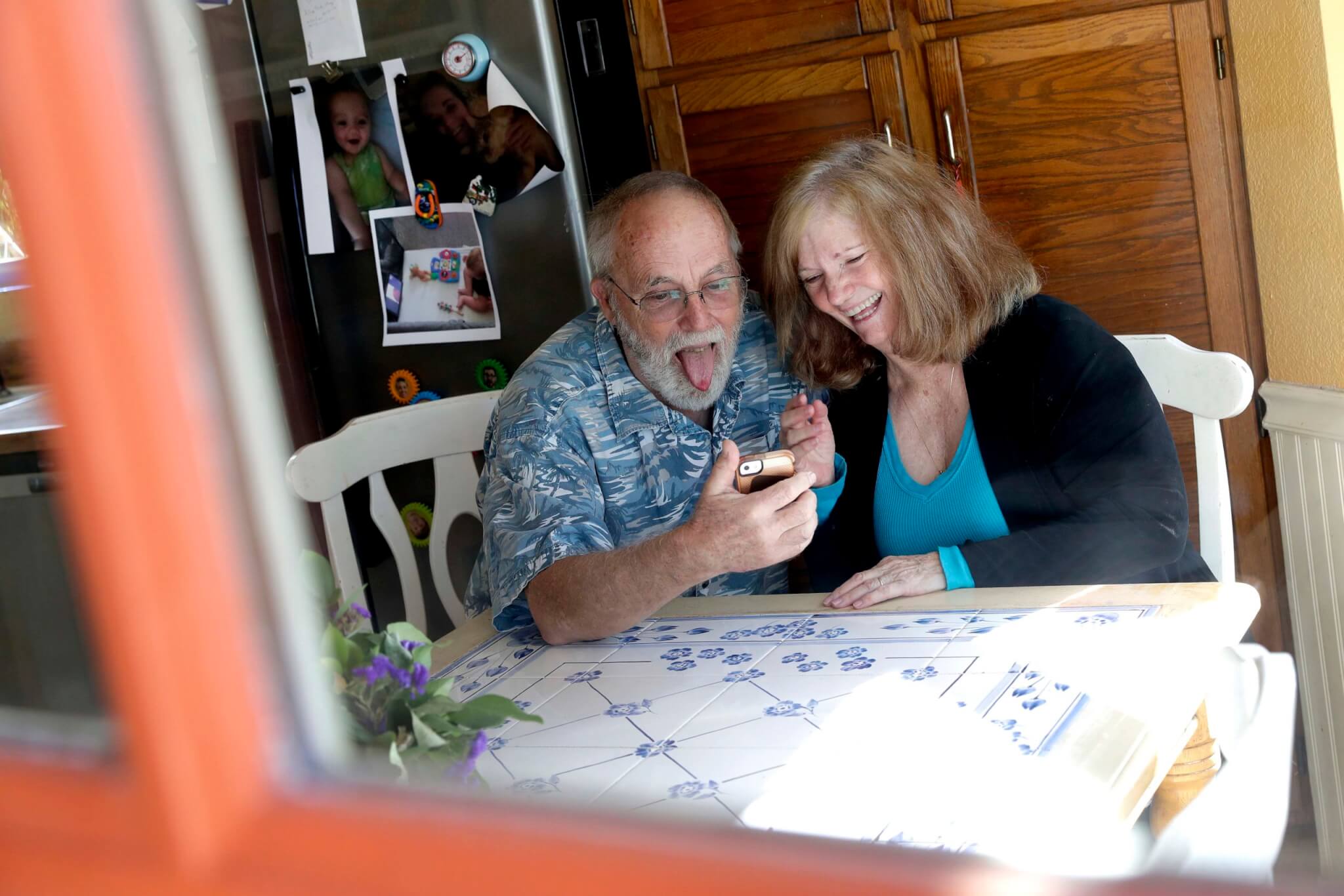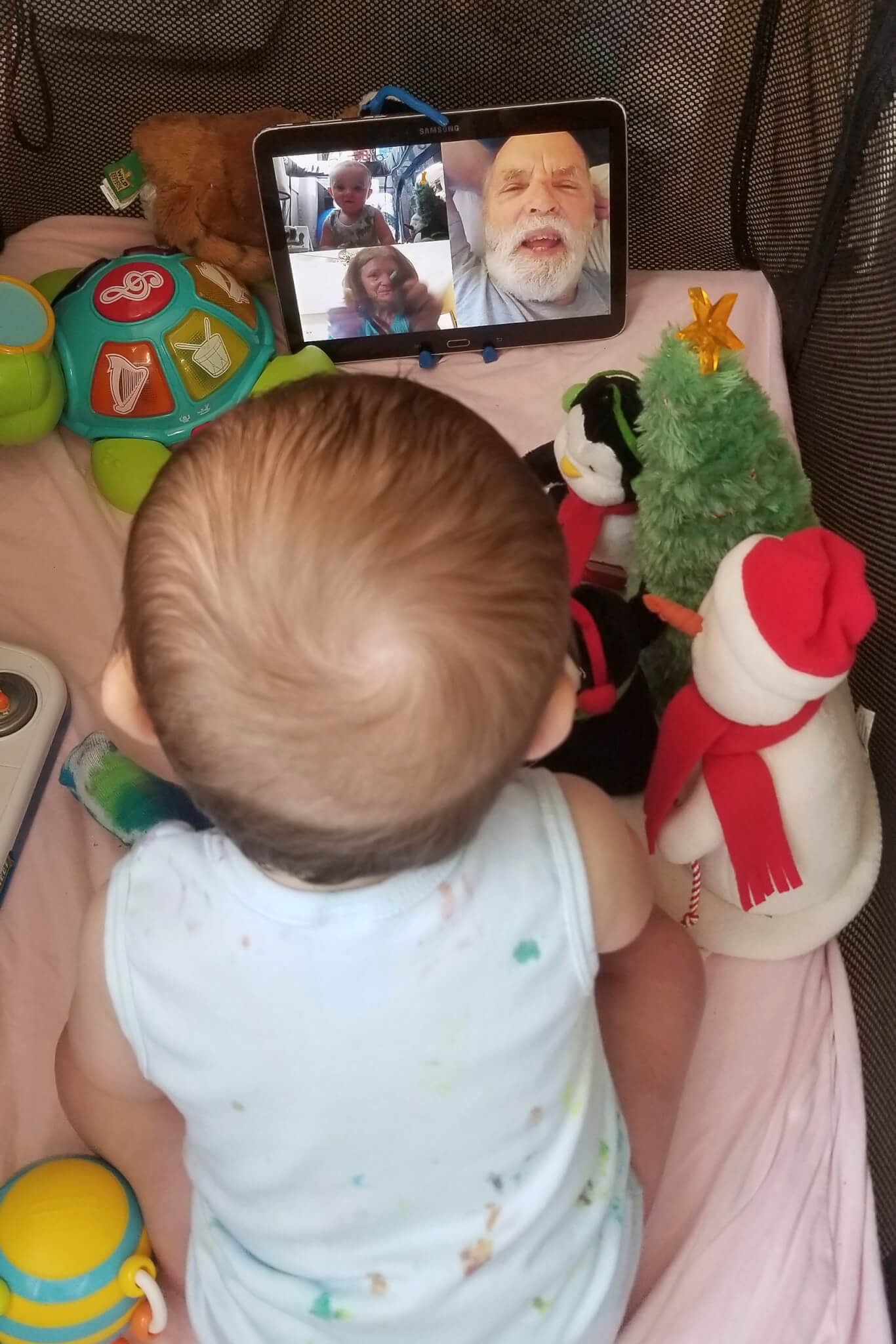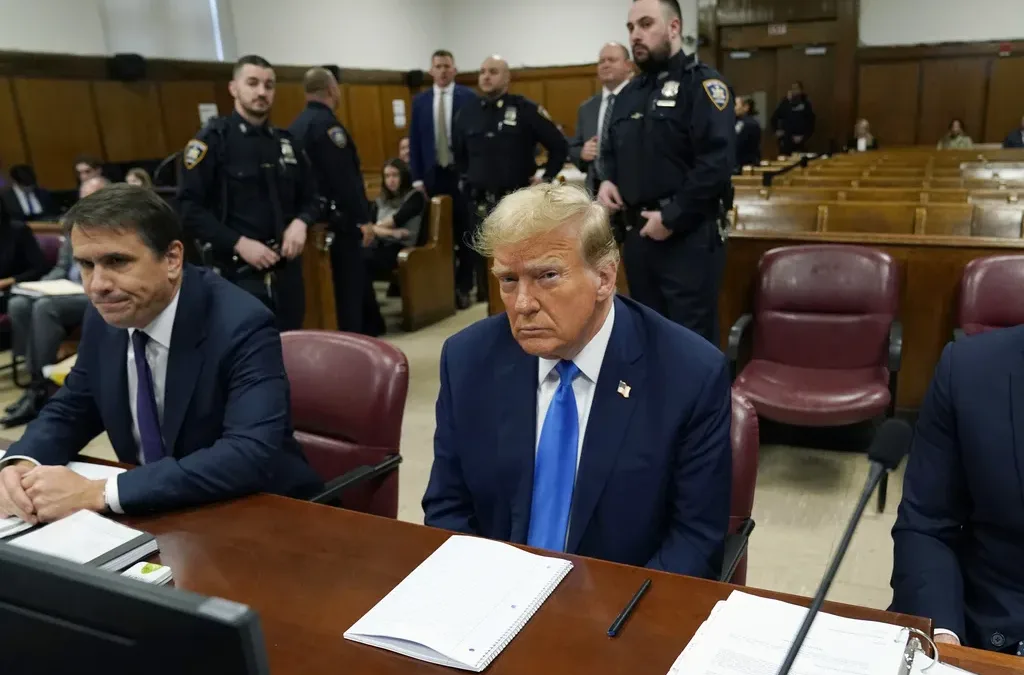
As stricter measures to reduce the spread of the coronavirus are put in place, Arizona’s most vulnerable are finding themselves increasingly more alone.
Tim Harmon was not happy when his neighborhood recreation centers announced a temporary closure in early March due to the spread of COVID-19 in Arizona. As far as he was concerned, the illness was no worse than the flu, and could be avoided with regular hygienic practices.
Until he got sick.
Harmon, a retired resident of Sun City, began to have respiratory problems and a fever shortly after the management at Recreation Centers of Sun City West decided to close a portion of their facilities. Though he was never able to get tested, he is convinced that he became infected with the coronavirus.
“I made a comment about the rec center staff being delusional for closing. I was dead wrong and would like to apologize, as they were only following the CDC’s advice,” Harmon said. “If what I had was in fact COVID-19, no one wants to get it – sickest I’ve ever been. I had just become well from Valley Fever when whatever it was hit me.”
Slow to change
The west valley resident’s changing attitude towards the coronavirus mirrors that of Gov. Doug Ducey, who has been similarly hesitant to embrace precautionary measures.
Ducey has been criticized for his slow approach to combating the virus both locally and nationally. His recent shelter-in-place order has been lambasted for allowing businesses like nail salons and golf courses to continue operations, considering them an “essential service.”
Because of this, golf courses are among the few offerings still available to Sun City Residents. Recreation Centers of Sun City West General Manager Bill Schwind said that the courses are maintaining social distancing practices and remain as busy as ever.
“With the decision to keep social distancing in order, and the decision to keep the golf courses open – and as we sit here in this beautiful weather that we have – March was practically a million-dollar month for golf,” Schwind said. “You can never be faulted for error on the side of safety. And with people obeying the standards now, as far as keeping your distance, washing your hands, personal hygiene – I think we’re going to have some pretty positive results.”
Wishing for More Than a Hole-in-One
But for some of Arizona’s elderly residents, golf is neither an option for them or their social activity of choice. For Debbie Cameron, the one activity she wants to do is also one of the riskiest: spending time with her family.
A few weeks ago, Cameron saw her grandsons most days, playing the piano, making after-school snacks, or singing nursery rhymes in her Chandler, Arizona home.
Cameron and her husband, both retired teachers, usually watch their older grandchildren, ages 8 and 11, after school and their 7-month-old baby grandson four times a week. One of their three daughters is due to have another child in July.
Then the coronavirus crisis hit and the boys were suddenly gone. Cameron is 68 and has asthma, making her one of the people most at risk of getting seriously ill or dying. Now she sees her grandchildren from behind the glass of a window or a phone screen.
“Looking at them through the window and not being able hug them, it’s just a dang killer,” she said.

A Worldwide Concern
For grandparents around the world like the Camerons, being protected from the pandemic has meant a piercing distance from their loved ones. While children don’t seem to be getting seriously ill as often, they can be infected and spread the virus. It’s been a jolting change for many.
But as the effects of coronavirus spread, the Camerons decided that caring for the boys was too risky. While most people who catch the disease suffer from symptoms like fever and cough and recover in a few weeks, some get severely ill with things like pneumonia. COVID-19 can be fatal, and older people who have underlying conditions like Cameron are the most vulnerable.
“When the dark thoughts come in I try and do something to take them away.”
So instead of chasing after little boys, Debbie Cameron does puzzles, listens to old radio shows, or watches the Hallmark channel. She tries to fill the hours in her much-quieter house.
“I just go day by day, and when the dark thoughts come in I try and do something to take them away,” she said. “I cry. Sometimes I cry.”

Still, Cameron feels lucky she doesn’t have to leave the house to work, and that she has close family ties. Sometimes she re-reads a letter her mother wrote her father while he was deployed to the Philippines during World War II, laying out her raw emotions about how much she missed him as she cared for their first child without him.
“My mother is a really strong woman, and in this one she was struggling,” she said. “If my mom did that, I can do this.”
Adopting Technology
The sudden change has also been challenging for Cameron’s daughter, Julie Bufkin. She’s at home with her 7-month-old son, Calvin, working from home as a project coordinator at Arizona State University while her husband goes into the office as an analytical chemist for Intel.
She’s been taking webcam calls and answering emails while breastfeeding the baby and trying to keep him entertained – even after coming down with a fever and headache – symptoms similar to the new coronavirus. In line with the advice of public-health officials, she stayed at home to recover and wasn’t tested for the virus, since she’s young and healthy and didn’t become seriously ill. She’s now on the mend, but it only deepened her mother’s feelings of helplessness.
“Imagine if your child is sick; you can’t go help them,” Cameron said. “That’s the hardest part.”
But for her daughter, it further confirmed that staying physically separate for now is the right decision.
“We want my mom to survive this,” Bufkin said.
Physically Distant, Socially Together
To help alleviate the pain of separation, the Camerons are stepping in remotely. Bufkin sets up a phone or a tablet in Calvin’s playpen, where they can sing songs, show him around the yard, look at the cat, or play piano over FaceTime.
“Anything we can, even five to 10 minutes to give her a little rest. That makes my day,” Cameron said.
They’re only 5 miles (8 kilometers) away in suburban Phoenix, and for a time, Bufkin was dropping off food weekly, then touching hands or exchanging kisses through the window. More often, they’re sharing their lives through a phone or tablet screen.
The baby watches his grandparents on the screen, looking up from his own games to smile and laugh at his grandpa or focus on his grandmother playing the saxophone.

Finding Ways to Stay in Touch
Other grandparents are also looking for moments of brightness. They’re replacing chats with friends on the porch and having conversations on Facebook, or connecting with church congregations through video-messaging apps like Marco Polo.
And for those that prefer interacting outside the confines of a screen, there’s golf – at least, for now.
Reporting from the Associated Press contributed to this story.
Politics

Trump says he’s pro-worker. His record says otherwise.
During his time on the campaign trail, Donald Trump has sought to refashion his record and image as being a pro-worker candidate—one that wants to...

VIDEO: Hundreds show up in Scottsdale to support reproductive rights
@coppercourier Days after the Arizona Supreme Court ruled to enforce a long-dormant law that bans nearly all abortions, hundreds took part in a...
Local News

US court rejects a request by tribes to block $10B energy transmission project in Arizona
In Arizona, work was halted briefly in November amid pleas by tribes to review environmental approvals for the San Pedro Valley. ALBUQUERQUE, N.M....

What to know about Trump’s legal issues
Over the past year, former president Donald Trump has become the center of not one, not two, not three, but four criminal investigations, at both...





